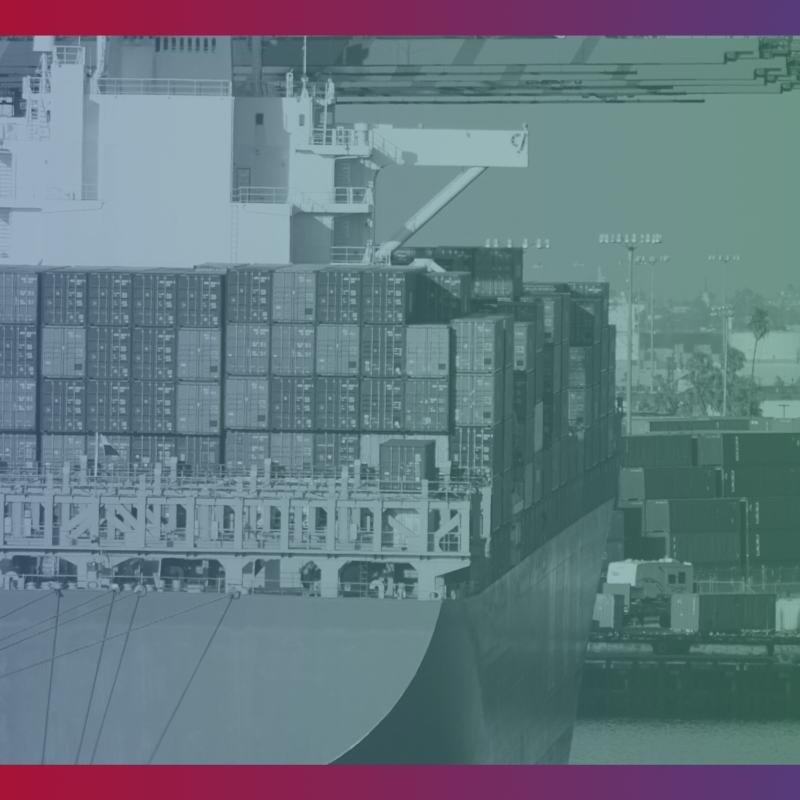Policy Paper 26
South Africa’s exports have lagged behind the rest of the world over recent decades, and this has likely constrained overall economic growth. There are multiple reasons for this disappointing trade performance, including the structure of the country’s export basket (which remains dominated by commodity products), its dependence on a limited number of large but mature export markets, and the high cost and deteriorating competitiveness of the general business environment. South Africa’s manufacturing trade with the rest of Africa is considerably overstated, but is evidence of the country’s important role as a logistics and services hub in the region. Trade and industrial policy also has an important role to play—effective rates of protection remain high in some sectors, the country adopts a cautious approach to trade agreements, and there is an increased focus on localisation. Together, these structural, environmental and policy factors increase the incentive to produce for the protected domestic market over exploring new export opportunities, while raising barriers for new entrants and lowering competition for incumbent firms. To address the inherent bias against exporting, South Africa urgently needs to address the high costs of investment and trading across borders; review the impact of existing industrial, localisation and sector-specific policies on export behaviour; implement a comprehensive and well-targeted export promotion and export finance framework; and update its trade policy approach to negotiations across the continent and internationally.


